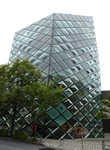
001-Tokyo - Prada building |
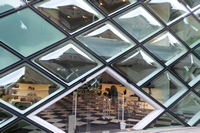
002-Tokyo - Prada building |

003-Tokyo - former Audi building |
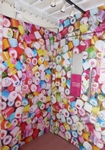
004-Tokyo candy shop |

005-Tokyo - Golden Gai bar street |
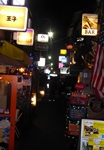
006-Tokyo - Golden Gai bar street |
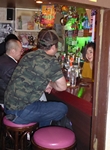
007-Tokyo - typical tiny Golden Gai bar |
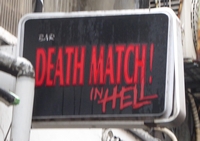
008-Tokyo - Golden Gai bar |
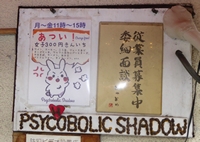
009-Tokyo - Golden Gai bar |
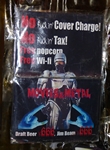
010-Tokyo - Golden Gai bar |

011-Tokyo bar |

012-Tokyo shop |
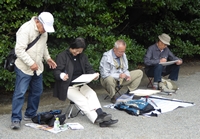
013-Kamakura |
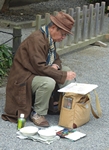
014-Kamakura |
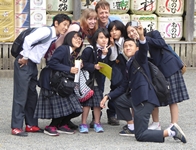
015-Kamakura |
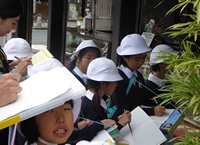
016-Kamakura |
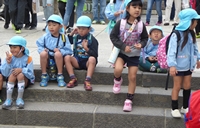
017-Kamakura |
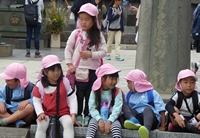
018-Kamakura |

019-Kamakura |
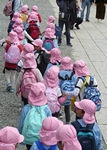
020-Kamakura |
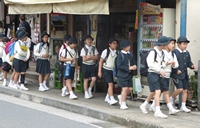
021-Kamakura |
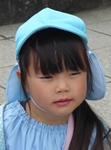
022-Kamakura |

023-Kamakura |

024-Kamakura |
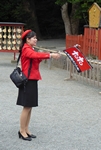
025-Kamakura tour guide |
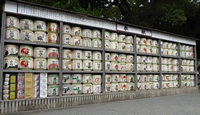
026-Kamakura - sake barrels at shrine |
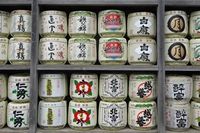
027-Kamakura - sake barrels at shrine |
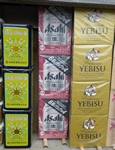
028-Kamakura - beer and sesame oil at shrine |

029-Kamakura shrine |
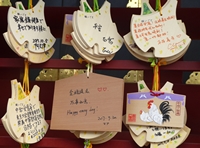
030-Kamakura shrine |
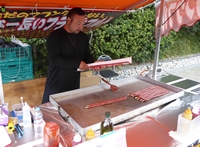
031-Kamakura |
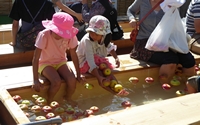
032-Matsumoto - apple foot bath |

033-Matsumoto - apple foot bath |

034-Matsumoto - apple foot bath |
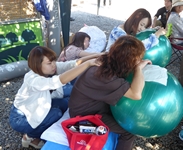
035-Matsumoto - back massage |
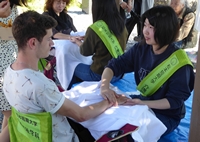
036-Matsumoto - hand massage |
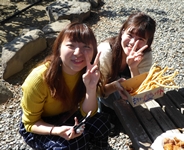
037-Matsumoto |

038-Matsumoto |
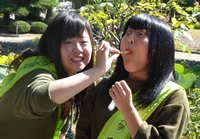
039-Matsumoto |

040-Matsumoto |

041-Matsumoto |

042-Matsumoto cafe waitress |
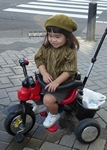
043-Matsumoto |
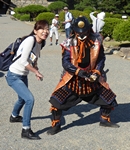
044-Matsumoto Castle |
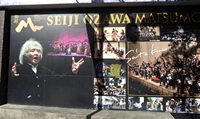
045-Matsumoto |
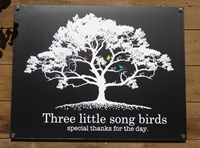
046-Matsumoto |

047-Matsumoto |

048-Matsumoto |
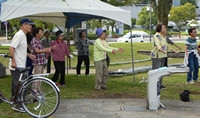
049-Kyoto |
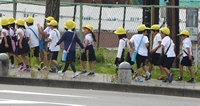
050-Kyoto |
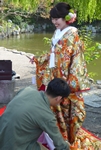
051-Kyoto |

052-Kyoto |
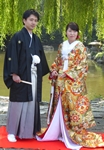
053-Kyoto |
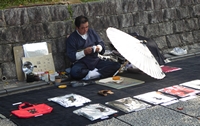
054-Kyoto |
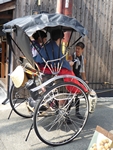
055-Kyoto |
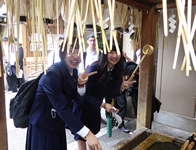
056-Kyoto |
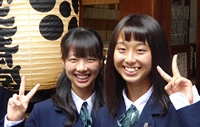
057-Kyoto |
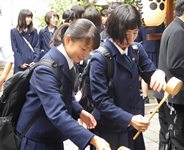
058-Kyoto |
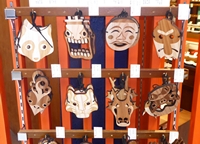
059-Kyoto |
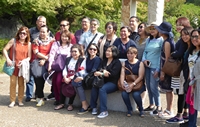
060-Kyoto - Filipino tourists |
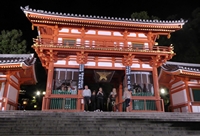
061-Kyoto shrine |
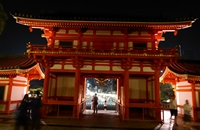
062-Kyoto shrine |
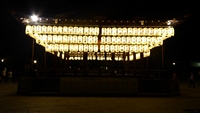
063-Kyoto shrine |
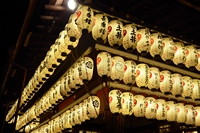
064-Kyoto shrine |
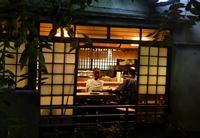
065-Kyoto restaurant |
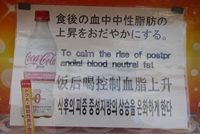
066-Kyoto |
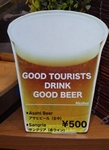
067-Kyoto |

068-Kyoto |

069-Kyoto |

070-Kyoto cafe |

071-Kyoto food market |
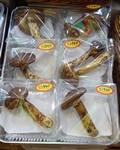
072-Kyoto food market |
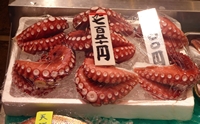
073-Kyoto food market |

074-Kyoto food market |

075-Kyoto food market |

076-Kyoto food market |
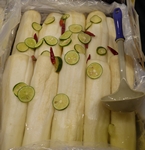
077-Kyoto food market |

078-Kyoto food market |
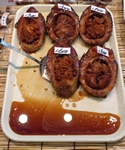
079-Kyoto food market |

080-Kyoto food market |
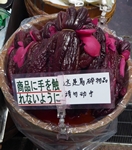
081-Kyoto food market |

082-Kyoto food market |
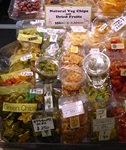
083-Kyoto food market |

084-Kyoto food market |
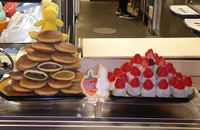
085-Kyoto food market |

086-Kyoto food market - Thai tourist |
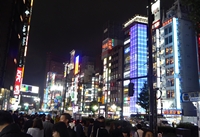
087-Tokyo |

088-Tokyo - building changing color |

089-Tokyo - building changing color |

090-Tokyo - building changing color |

091-Tokyo - building changing color |

092-Tokyo airport restaurant |
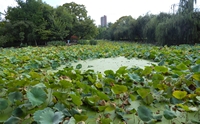
093-Kunming - Green Lake Park |
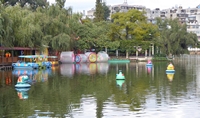
094-Kunming - Green Lake Park |

095-Kunming - Green Lake Park |

096-Kunming - Green Lake Park |
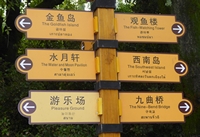
097-Kunming - Green Lake Park |
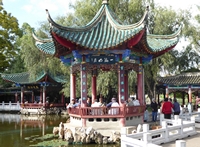
098-Kunming - Green Lake Park |
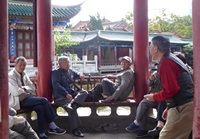
099-Kunming - Green Lake Park |
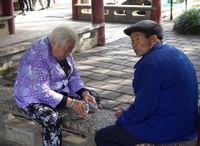
100-Kunming - Green Lake Park |

101-Kunming - Green Lake Park |
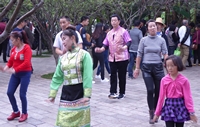
102-Kunming - Green Lake Park |

103-Kunming - Green Lake Park |
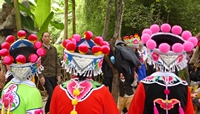
104-Kunming - Green Lake Park |
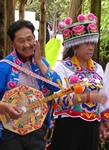
105-Kunming - Green Lake Park |
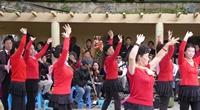
106-Kunming - Green Lake Park |

107-Kunming - Green Lake Park |
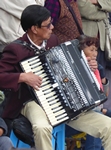
108-Kunming - Green Lake Park |

109-Kunming - Green Lake Park |

110-Kunming - Green Lake Park |

111-Kunming - Green Lake Park |
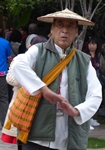
112-Kunming - Green Lake Park |
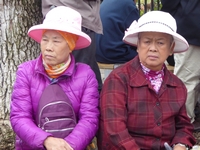
113-Kunming - Green Lake Park |

114-Kunming - Green Lake Park |

115-Kunming - Green Lake Park |

116-Kunming - Green Lake Park |
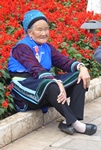
117-Kunming - Green Lake Park |
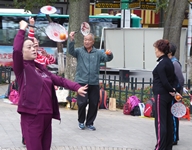
118-Kunming - Green Lake Park |

119-Kunming - Green Lake Park |

120-Kunming - Green Lake Park |

121-Kunming - Green Lake Park |

122-Kunming - Green Lake Park |
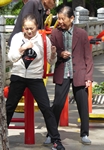
123-Kunming - Green Lake Park |

124-Kunming - Green Lake Park |
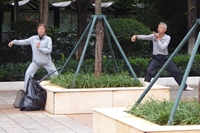
125-Kunming - Green Lake Park |
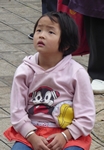
126-Kunming - Green Lake Park |
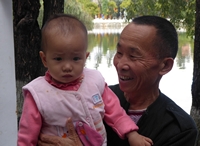
127-Kunming - Green Lake Park |

128-Kunming - Green Lake Park |
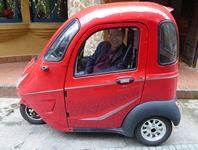
129-Kunming - electric car |
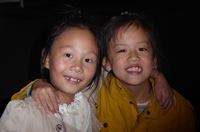
130-Kunming |

131-Kunming |
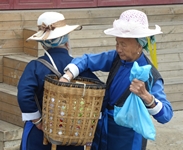
132-Dali |

133-Dali |

134-Dali |
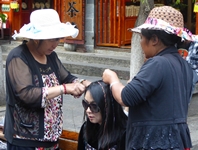
135-Dali |
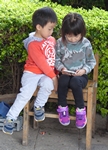
136-Dali |
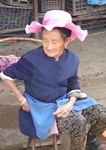
137-Dali |
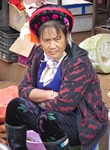
138-Dali |
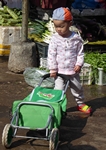
139-Dali |

140-Dali |
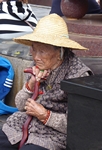
141-Dali |
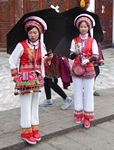
142-Dali |
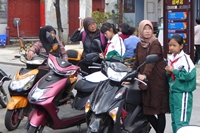
143-Dali |
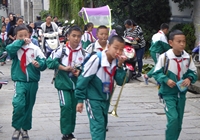
144-Dali |
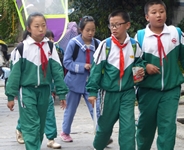
145-Dali |
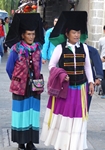
146-Dali |
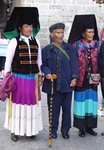
147-Dali |

148-Dali |

149-Dali |
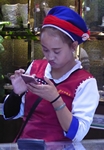
150-Dali |
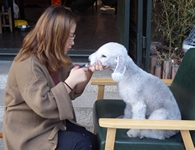
151-Dali |
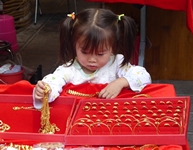
152-Dali |
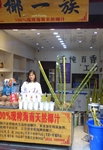
153-Dali 'Coconut family' shop |
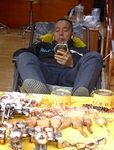
154-Dali |
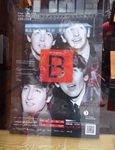
155-Dali |
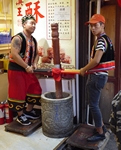
156-Dali |
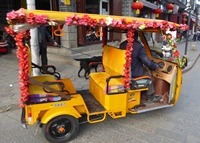
157-Dali |
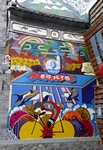
158-Dali bike shop |
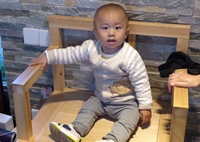
159-Dali hotel manager |

160-Dali shopping street |
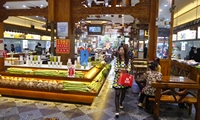
161-Dali food hall |

162-Dali food hall |
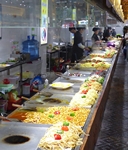
163-Dali food hall |
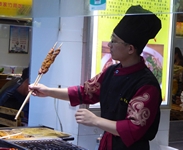
164-Dali food hall |

165-Dali food hall |
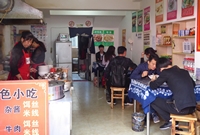
166-Dali - typical restaurant |
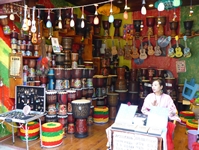
167-Dali music shop |
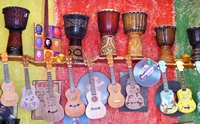
168-Dali music shop |

169-Dali music shop |
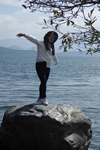
170-Dali - Erhai Lake |

171-Dali - Erhai Lake |

172-Dali - Erhai Lake |
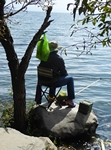
173-Dali - Erhai Lake |

174-Dali - Erhai Lake |
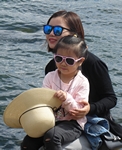
175-Dali - Erhai Lake |

176-Dali - Erhai Lake |

177-Dali - Erhai Lake |
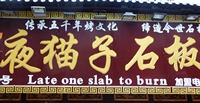
178-Dali restaurant |
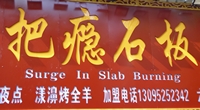
179-Dali restaurant |

180-Dali restaurant |
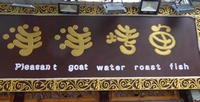
181-Dali restaurant |
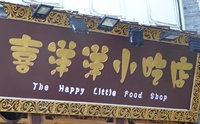
182-Dali restaurant |
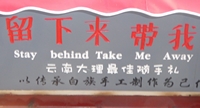
183-Dali restaurant |

184-Muslim village |
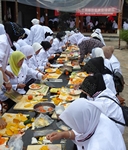
185-Muslim village - food preparation class |
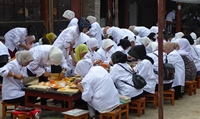
186-Muslim village - food preparation class |
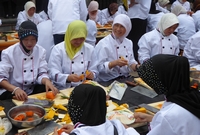
187-Muslim village - food preparation class |
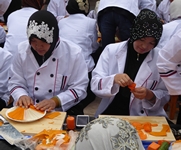
188-Muslim village - food preparation class |

189-Muslim village - food preparation class |
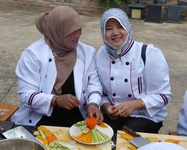
190-Muslim village - food preparation class |
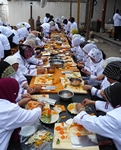
191-Muslim village - food preparation class |
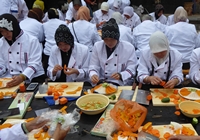
192-Muslim village - food preparation class |
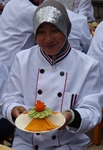
193-Muslim village - food preparation class |
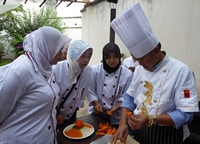
194-Muslim village - food preparation class |

195-Muslim village - food preparation class |
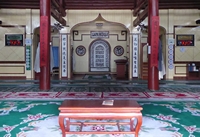
196-Muslim village - mosque |

197-Muslim village |

198-Muslim village |

199-Muslim village |

200-Muslim village |
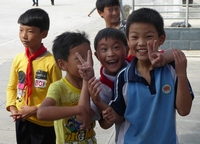
201-Muslim village |
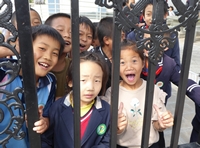
202-Muslim village |
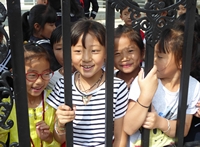
203-Muslim village |
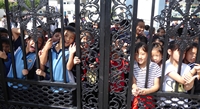
204-Muslim village |

205-Muslim village |
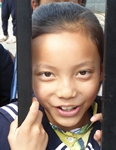
206-Muslim village |

207-Muslim village |

208-Muslim village - Chinese tourists |
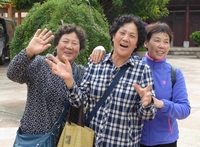
209-Muslim village - Chinese tourists |
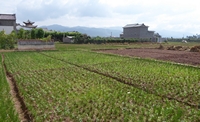
210-Farm near Muslim village |
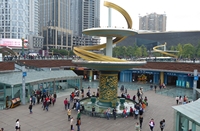
211-Chengdu - main square |
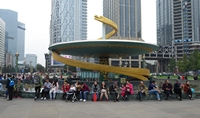
212-Chengdu - main square |
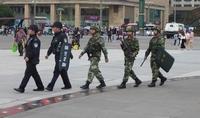
213-Chengdu - main square |
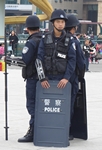
214-Chengdu - main square |

215-Chengdu - main square |

216-Chengdu - main square |
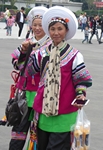
217-Chengdu - main square |
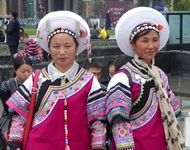
218-Chengdu - main square |

219-Chengdu - main square |

220-Chengdu - main square |

221-Chengdu - People's Park |
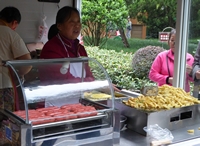
222-Chengdu - People's Park |

223-Chengdu - People's Park |

224-Chengdu - People's Park |

225-Chengdu - People's Park |
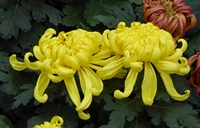
226-Chengdu - People's Park |
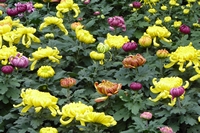
227-Chengdu - People's Park |
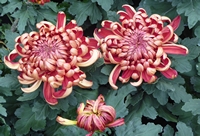
228-Chengdu - People's Park |
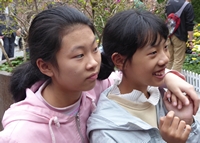
229-Chengdu - People's Park |

230-Chengdu - People's Park |

231-Chengdu - People's Park |

232-Chengdu - People's Park |
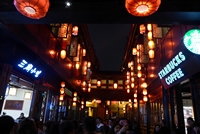
233-Chengdu - JinLi Street |
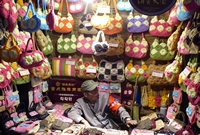
234-Chengdu - JinLi Street |
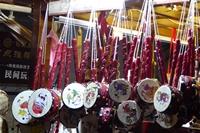
235-Chengdu - JinLi Street |

236-Chengdu - JinLi Street |
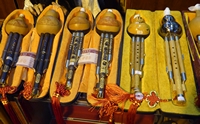
237-Chengdu - JinLi Street |

238-Chengdu - JinLi Street |

239-Chengdu - JinLi Street |

240-Chengdu - JinLi Street |
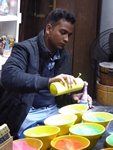
241-Chengdu - making sand art bottles |

242-Chengdu - sand art bottles |

243-Chengdu - sand art bottles |
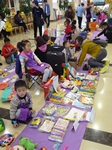
244-Chengdu - children's charity sale |

245-Chengdu - children's charity sale |

246-Chengdu - children's charity sale |

247-Chengdu - children's charity sale |
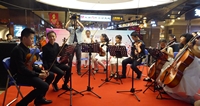
248-Chengdu |
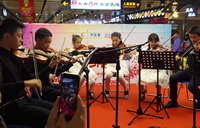
249-Chengdu |
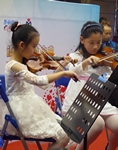
250-Chengdu |
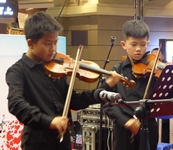
251-Chengdu |

252-Chengdu |

253-Chengdu |
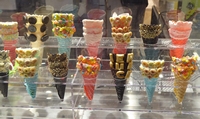
254-Chengdu |
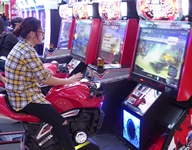
255-Chengdu game arcade |
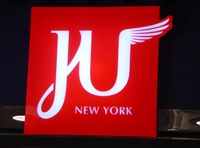
256-Chengdu shop |
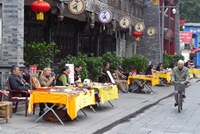
257-Chengdu - near Wenshu Monastery |
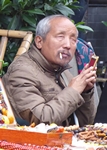
258-Chengdu - near Wenshu Monastery |
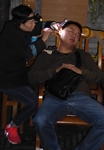
259-Chengdu - ear cleaning |

260-Chengdu - street massage |
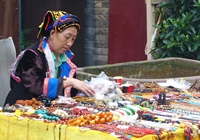
261-Chengdu - near Wenshu Monastery |
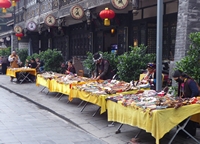
262-Chengdu - near Wenshu Monastery |
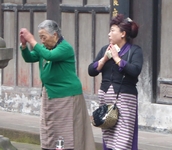
263-Chengdu - near Wenshu Monastery |
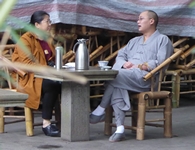
264-Chengdu - near Wenshu Monastery |
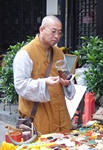
265-Chengdu - near Wenshu Monastery |

266-Chengdu noodle restaurant |
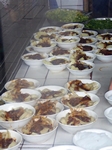
267-Chengdu noodle restaurant |

268-Chengdu noodle restaurant |
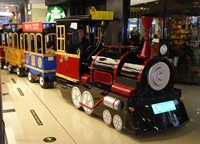
269-Chengdu mall train |

270-Chengdu crepe stand |
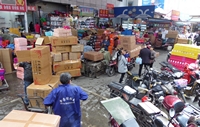
271-Chengdu - Lotus Pond wholesale market |

272-Chengdu water bottle shop |

273-Chengdu sandwich shop |
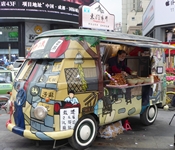
274-Chengdu - Chunxi Road shopping area |

275-Chengdu - Chunxi Road shopping area |
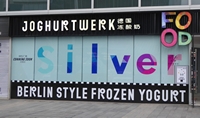
276-Chengdu - Chunxi Road shopping area |

277-Chengdu - Chunxi Road shopping area |
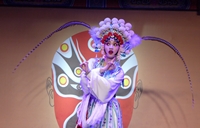
278-Chengdu - Sichuan opera |
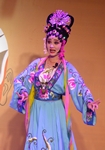
279-Chengdu - Sichuan opera |
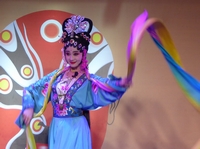
280-Chengdu - Sichuan opera |

281-Chengdu - Sichuan opera |
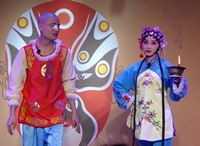
282-Chengdu - Sichuan opera |

283-Chengdu - Sichuan opera |

284-Chengdu - Sichuan opera |
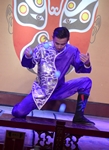
285-Chengdu - Sichuan opera |

286-Chengdu - Sichuan opera |
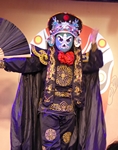
287-Chengdu - Sichuan opera |
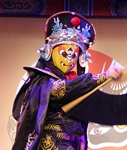
288-Chengdu - Sichuan opera |

289-Chengdu - Sichuan opera |
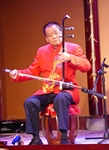
290-Chengdu - Sichuan opera |

291-Panda reserve |
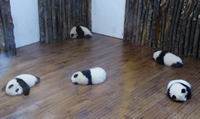
292-Panda reserve |

293-Panda reserve |
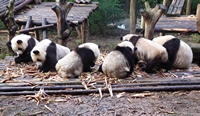
294-Panda reserve |
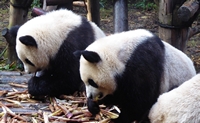
295-Panda reserve |
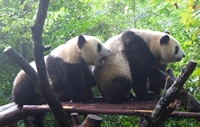
296-Panda reserve |
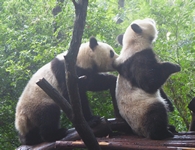
297-Panda reserve |

298-Panda reserve |

299-Panda reserve |

300-Panda reserve |